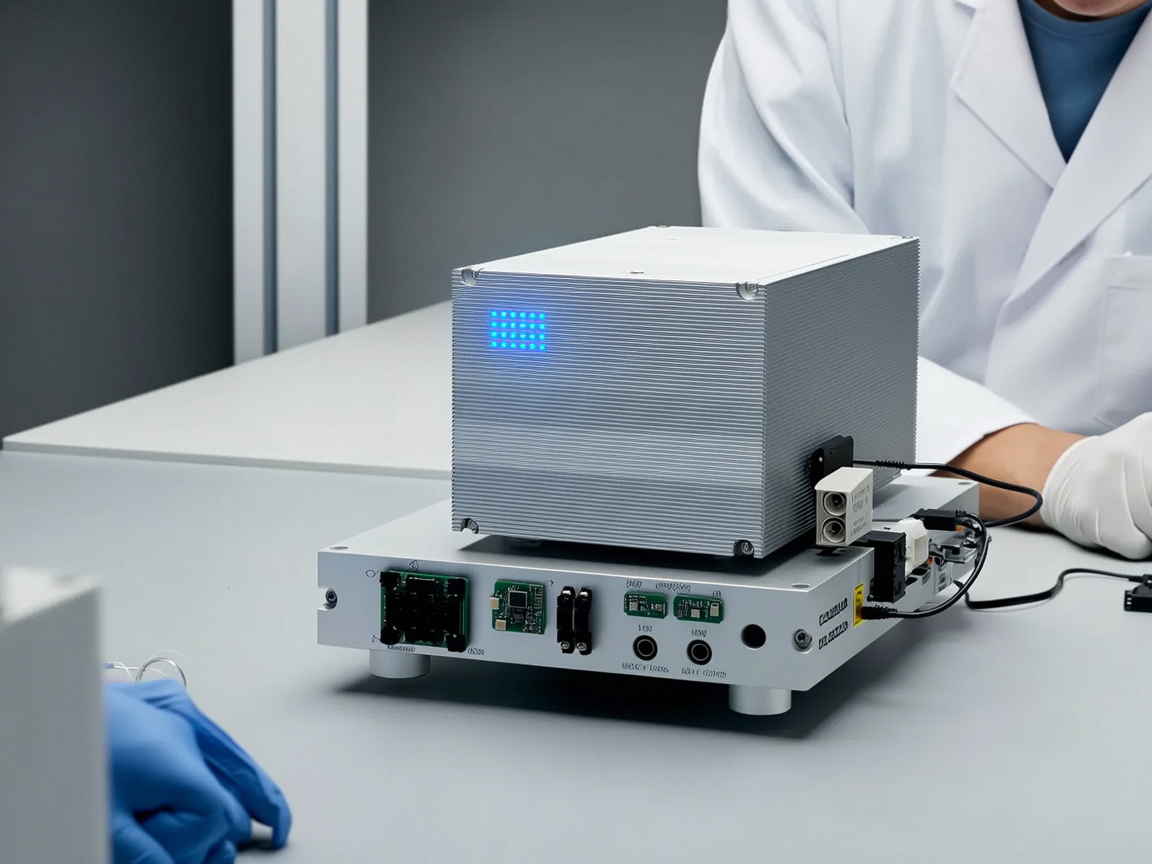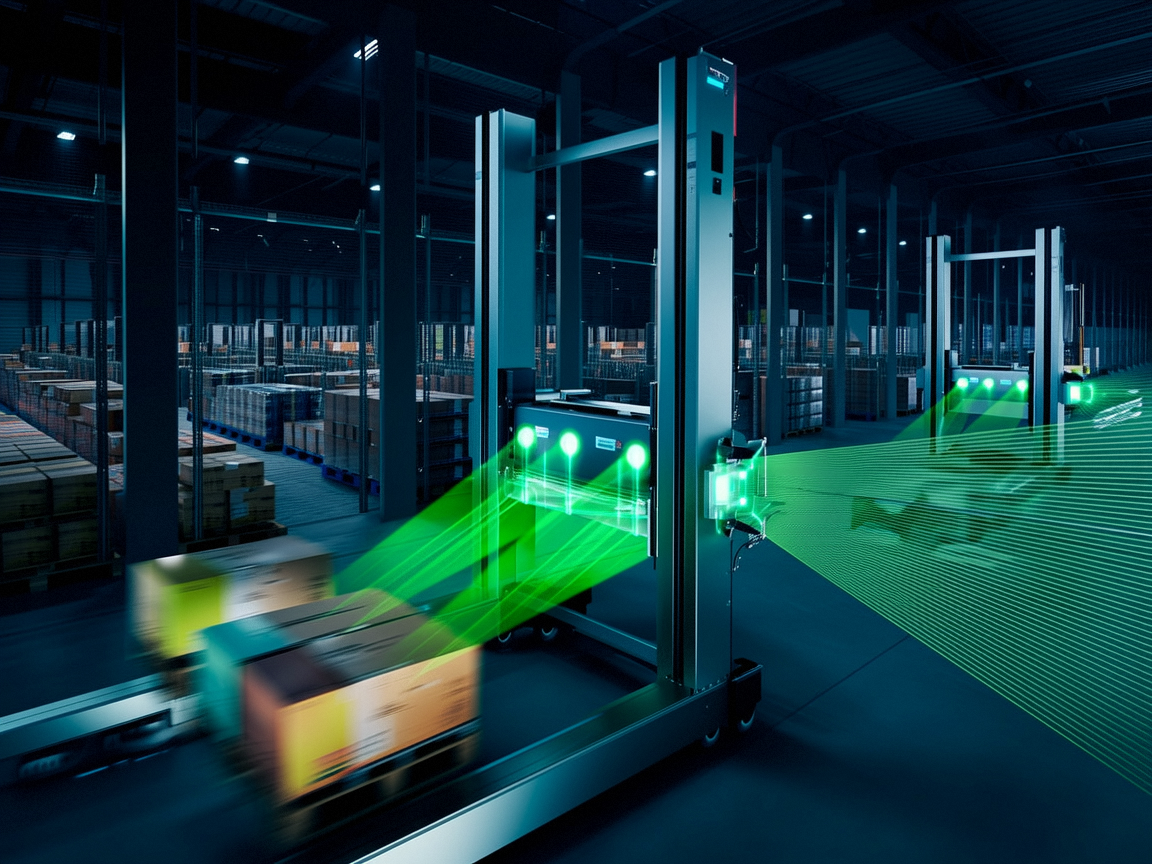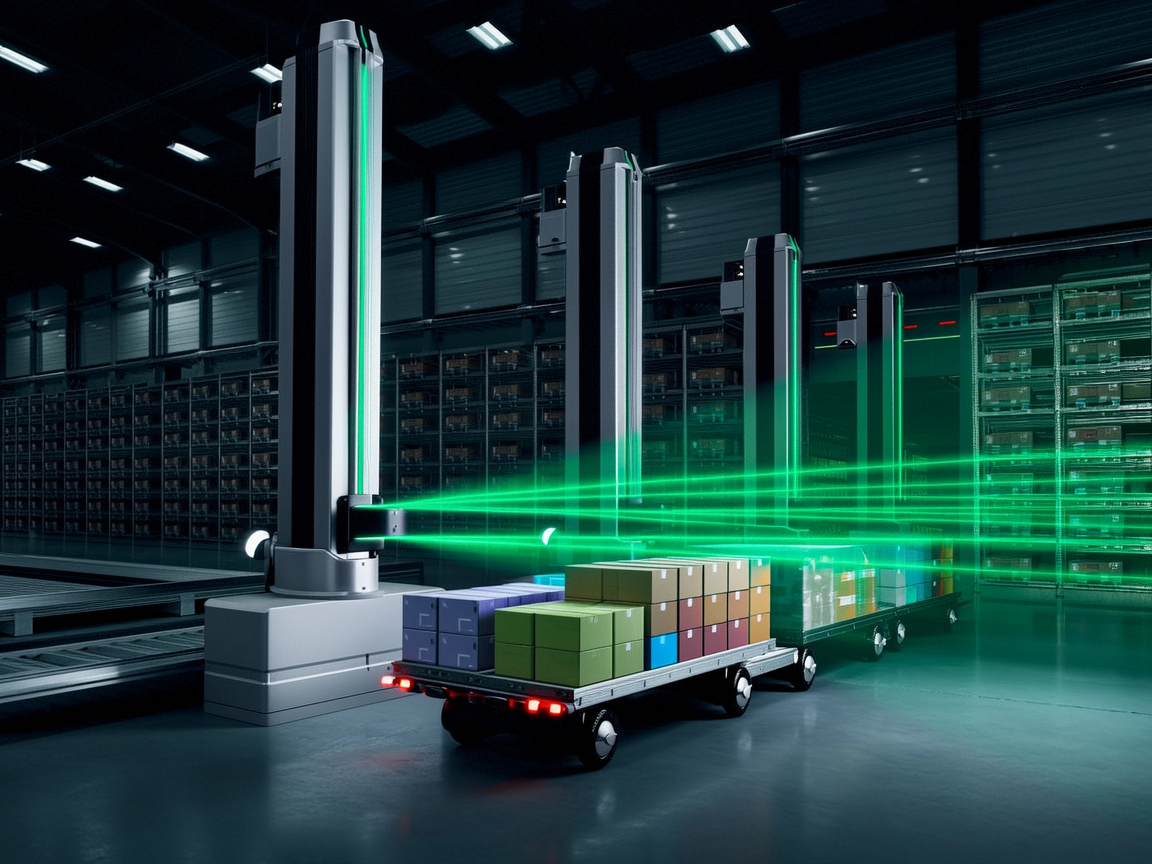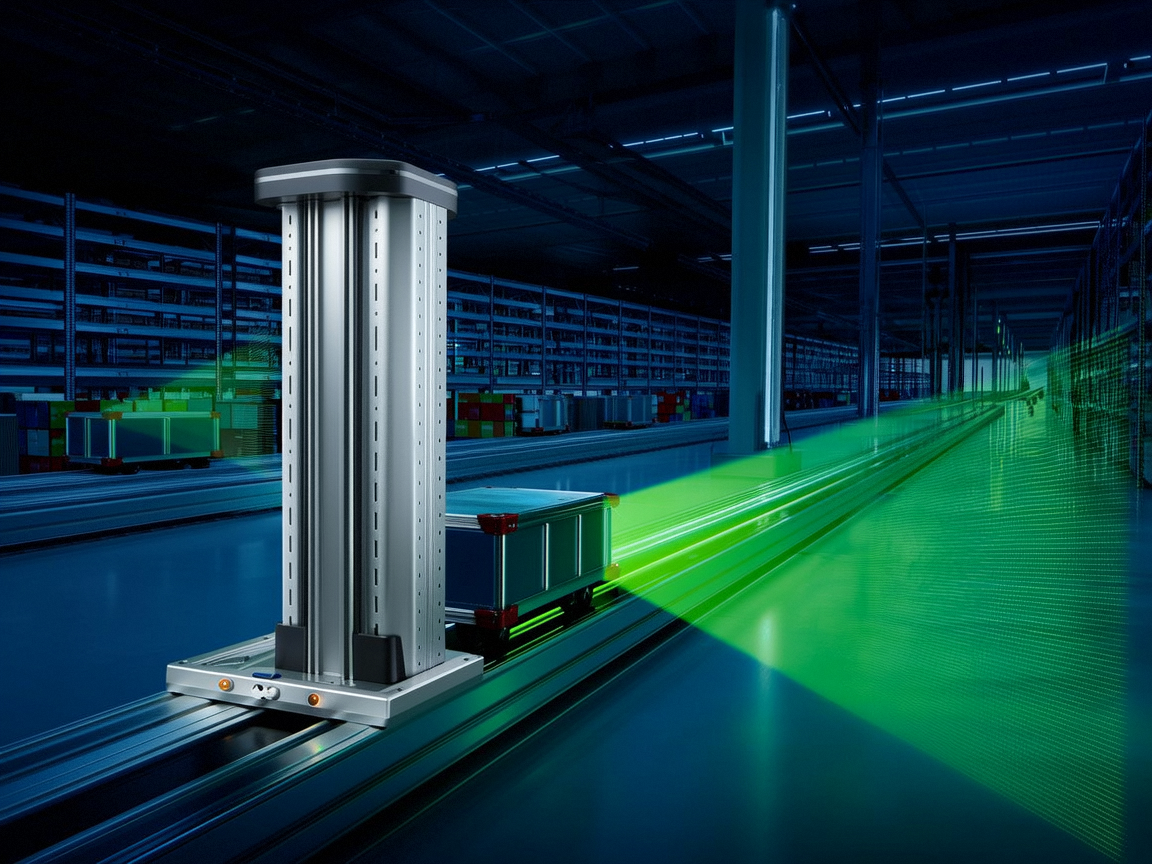
The performance of laser sensors in environmental monitoring is susceptible to various factors that can directly affect the accuracy and reliability of data. The following analysis is conducted from the dimensions of environmental conditions, technical principles, equipment hardware, and data processing:
1、 The influence of environmental physical conditions
1. Atmospheric medium interference
Particulate matter and aerosols: In scenarios such as haze and dust, particulate matter such as PM2.5 and PM10 in the atmosphere can scatter laser light, causing signal attenuation (such as laser radar reducing detection distance by more than 50% in haze), and even generating false echoes, causing monitoring data to deviate from true values (such as PM2.5 concentration detection error of up to ± 15%).
Water vapor and clouds: In high humidity environments, water vapor molecules absorb and scatter lasers (especially in the infrared band). For example, in a laser radar with a wavelength of 1.315 μ m, water vapor absorption can cause a 30% attenuation in signal strength, affecting the measurement accuracy of parameters such as atmospheric temperature and wind speed.
2. Temperature and pressure fluctuations
Temperature impact:
The wavelength of the laser varies with temperature (such as a semiconductor laser with a wavelength redshift of about 0.3nm for every 1 ℃ increase in temperature). If not calibrated, it may lead to gas composition detection errors (such as CO ₂ measurement deviation of ± 2ppm).
The thermal expansion and contraction of optical components (such as lenses and prisms) can cause optical path deviation, affecting laser collimation accuracy. For example, in scenarios with temperature fluctuations of ± 5 ℃, laser ranging errors can reach ± 1mm.
Changes in atmospheric pressure: Changes in atmospheric pressure can alter the density of gas molecules, affecting the intensity of laser absorption spectra. For example, in areas above 1000 meters above sea level, a decrease in atmospheric pressure can result in a 5% to 8% decrease in the detection value of O3.
3. Mechanical vibration and electromagnetic interference
Vibration interference: In mobile scenarios such as vehicles and ships, vibration can cause a relative displacement between the laser transmitter and receiver. For example, in geological monitoring, vibration can increase the laser ranging error from ± 1mm to ± 5mm. Optical path jitter can also cause speckle effects on the light spot, affecting signal stability.
Electromagnetic interference: Strong electromagnetic radiation in industrial environments, such as high-voltage cables and radar equipment, can interfere with the circuit system of laser sensors, leading to increased detector noise (such as a 10% increase in dark current of APD detectors) and a decrease in signal-to-noise ratio.
2、 Technical principles and equipment limitations
1. Wavelength selection and spectral overlap
Laser sensors rely on the characteristic absorption/scattering wavelength of the target substance. If the wavelength overlaps with the spectrum of other substances, it will introduce cross interference. For example, when detecting NO ₂, lasers with wavelengths around 450nm may be simultaneously absorbed by O3, resulting in a measurement of NO ₂ concentration that is ± 10% higher.
When the bandwidth of the light source is insufficient, the spectral resolution is low and it is difficult to distinguish similar molecules (such as SO ₂ and H ₂ S), which needs to be solved by multi wavelength switching or high-resolution spectrometer (resolution up to 0.01nm).
2. Contradiction between detection distance and spatial resolution
When monitoring over long distances (such as atmospheric boundary layer detection), laser energy decays with the square of distance (following Lambert's law), resulting in a decrease in signal-to-noise ratio of long-distance signals. For example, the measurement error of wind speed from 10km away increases from ± 0.1m/s to ± 0.5m/s.
To improve long-distance accuracy, it is necessary to increase the laser power, but it will compress the spatial resolution (such as reducing the distance resolution from 10m to 50m), making it difficult to capture local subtle changes (such as small-scale pollution source diffusion).
3、 Defects in data processing and calibration
1. Calibration cycle and standard deviation
Failure to calibrate in a timely manner can lead to sensor drift, for example, if a laser gas sensor is not calibrated regularly with standard gas, the measurement error may accumulate to ± 15% after 3 months.
The difference between the standard substance and the actual monitoring environment (such as insufficient purity of the standard gas, mismatched humidity) can introduce systematic errors. For example, when calibrating sensors in humid environments with dry standard gas, the CO detection value may be lower by ± 8%.
2. Insufficient adaptability of algorithm models
Traditional filtering algorithms, such as Kalman filtering, are difficult to correct signal discontinuities in real-time during extreme weather conditions, such as strong sandstorms, resulting in data jumps (such as a 200% instantaneous increase in PM10 concentration).
If the machine learning model lacks sufficient training data (such as high concentration pollution scene samples), it may misjudge in sudden pollution events, such as mistaking industrial waste gas plumes for natural dust, with an error of ± 30%.
4、 Development direction of anti-interference technology
At the hardware level:
Develop anti vibration fiber laser sensors (such as distributed fiber optic strain monitoring systems) to reduce vibration effects by over 90%.
Using quantum level light sources (such as single photon lasers) to improve signal-to-noise ratio and maintain detection accuracy of ± 5% in strong scattering environments.
At the algorithmic level:
Introducing deep learning real-time noise reduction (such as CNN-LSTM network) to improve PM2.5 detection accuracy by 15% to 20% in haze.
Build a dynamic correction model for environmental parameters, such as automatically calibrating laser absorption coefficients based on real-time humidity and air pressure data.
At the system level:
Deploy redundant multi-sensor networks (such as LiDAR+electrochemical sensors) and reduce single sensor errors through data fusion and cross validation.




















Contact us feel free to call or write anytime, We will call you back soon!